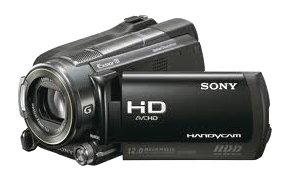
Camcorders
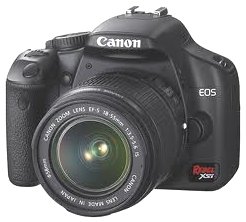
Cameras

Memory Cards
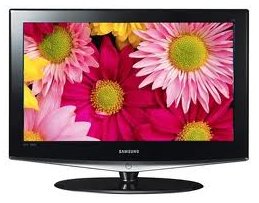
HDTV
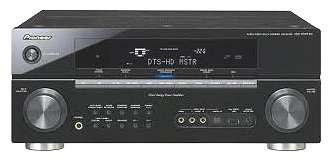
A/V Receivers

MP3 Players
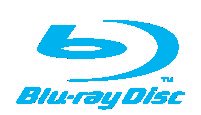
Blu-ray
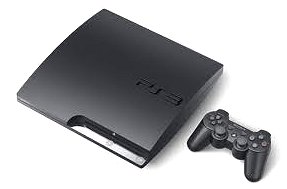
Game systems
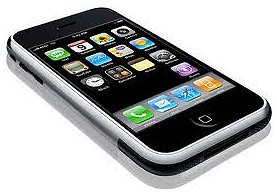
Smart Phones
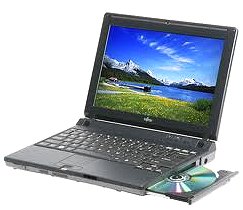
Computers
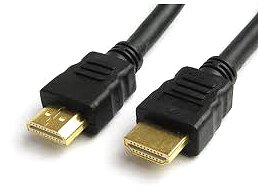
Cables

Routers
 Camcorders |
 Cameras |
 Memory Cards |
 HDTV |
 A/V Receivers |
 MP3 Players |
 Blu-ray |
 Game systems |
 Smart Phones |
 Computers |
 Cables |
 Routers |
|
• HD Radio.com HD Radio HD Radio Explained When you listen to HD AM radio, you'll think you're listening to FM. And when you listen to FM, you'll think you're listening to a CD. HD Radio technology works much like traditional analog transmissions (AM and FM are both analog signals). The difference is that the station broadcasting HD Radio transmits an extra digital radio signal, along with its normal analog signal. It can also broadcast a third signal for text data. Your radio receiver receives the signal - just as it does an AM or FM signal. If you have a HD Radio receiver, it will decompress and translate the signal and you get near-CD quality sound. What happens if you don't have an HD Radio receiver? You hear your normal analog radio- AM or FM. AM radio has smaller sections of bandwidth than FM radio. This means there is not enough "space" to give AM stations the same near-CD quality as FM stations. But there is enough bandwidth that AM stations will be able to broadcast with the same clarity of signal as one of today's analog FM stations. This performance boost is expected to make AM radio a better alternative to FM than it has been. Digital FM radio is less vulnerable to reception problems. Your HD Radio tuner's digital processors will eliminate all those annoying pops, hisses, fades and static caused by interference. What happens if you lose the digital signal for some reason? Nothing. HD Radio technology defaults back to analog mode in much the same way as conventional radios switch from stereo to mono mode when the signal is weak. Then, when the digital signal again becomes available, your HD Radio automatically switches back to HD. (HD) Radio HOW DOES IT WORK: For an upgrade cost of up to $80,000, a radio station can take its existing analog broadcast and create 2 additional components: the analog source is run thru a compressor to create a new digital feed, and lastly, you'll need some text info to describe the broadcast content (similar to how ID3 tags are used to describe the artist, song and album information on your MP3 files). This new digital feed and text info is then broadcast on the subcarriers of the stations current analog frequency. Example: your station broadcasts on 94.1 FM, but in reality, your station owns the space from just above 93.9 and just below 94.3. This area above and below the actual channel is where the digital signal is broadcast at lower power.The process is called I.B.O.C or In-Band On-Channel. Then, you'll take your HD Radio receiver and tune it to a station that has a digital feed, it will first pull the Analog signal and after a brief moment, it will switch to the digital signal. Since it takes a receiver a few moments to decode the digital information, rather than having you sit and listen to just silence, it will play the analog program and when it has all its digital bits in a row it will cross-fade into the better digital broadcast. Program information such as artist and song information or program name and host will scroll across a display on the front of the receiver. AM Radio will work in basically the same fashion (although technically it operates on sideband instead of sub-carrier frequencies). Digital AM radio has ben restricted to daylight hours because after sunset, AM tends to increase its broadcast distance. HOW DO I LISTEN: It seems that most of the car stereo manufacturers have a product currently on the market or have plans to release ones in the not-to-distant future. Both Kenwood and Panasonic have car stereos that are HD-Radio READY (which means they are set up to add a HD Radio module to them.) Some units have the HD radio built-in. HD radio is available in many forms including car tuners and home tuners. Several companies offer table-top HD radios which have speakers. Newegg.com Sangean HD radio Is anyone actually broadcasting in digital? Check your town here. www.hdradio.com/stations Well, since 2003, when the first radio station WOR in New York went online, 500 other stations have joined the digital club, with another 500 stations licensed. In the USA alone we have 4,761 AM stations and 8,756 FM stations... thats over 13,500 stations. More and more radio stations are beginning to broadcast in HD. You will probably find more FM stations than AM stations in HD. Most of the early adopters are college and public radio stations. Traditionally, broadcast radio is analog. HD Radio Technology converts the traditional analog radio broadcast to digital and provides advanced audio and data features that enhance your listening experience. When you shop for an HD Radio receiver, you can determine which of these advanced audio and data features are offered by looking for the feature keys on the packaging. HD digital radio gives you an unprecedented range of new channels and formats plus your favorite local stations in crystal-clear digital sound. HD Digital Radio means FM that sounds like a CD, AM that sounds like FM and farewell to snap, crackle and pop. Because digital signals can carry more information, the digital radio revolution also means a wide variety of new programming and new formats on HD2 multicast channels. And since its radio, it?s still local and free. |